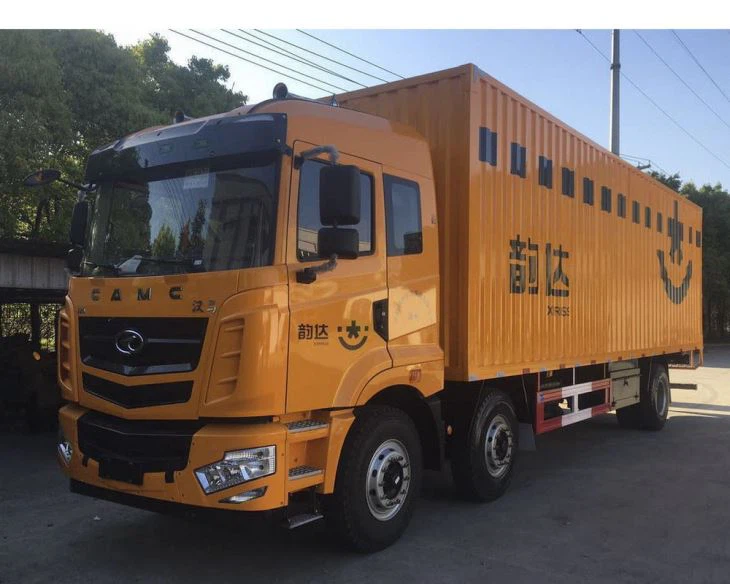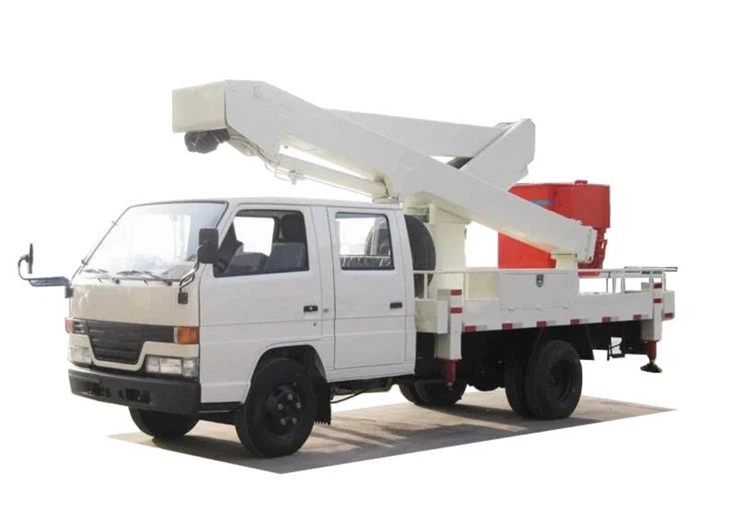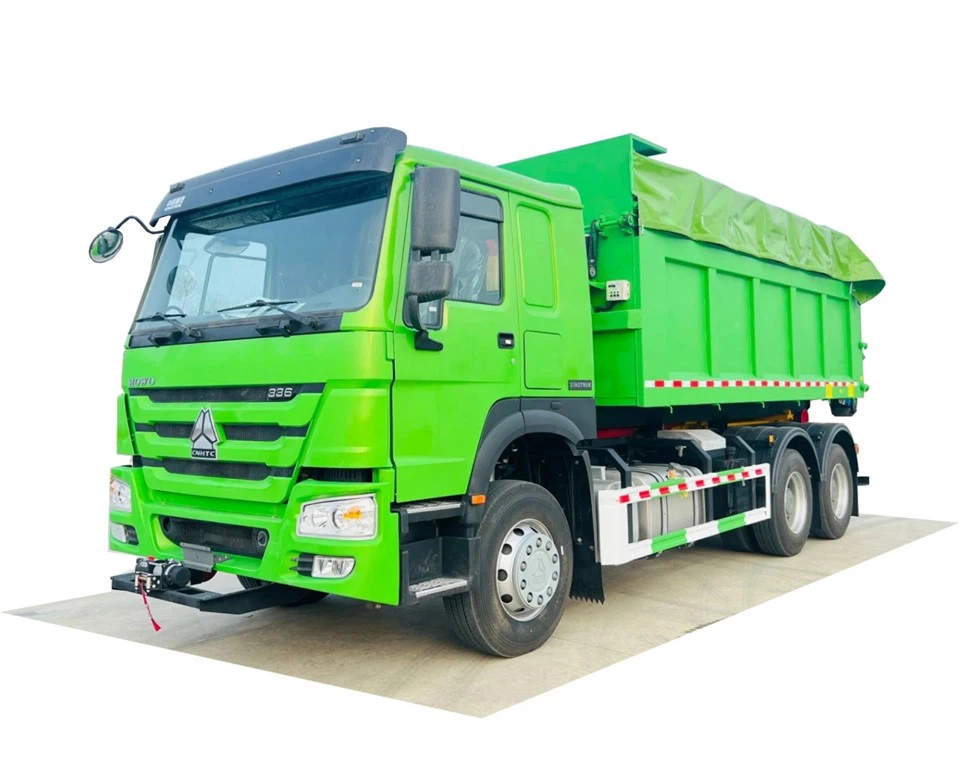Essential Guide to Oil Delivery Trucks: Everything You Need to Know

Oil delivery trucks play a crucial role in the transportation of heating oil, diesel fuel, and other petroleum products. As the backbone of the oil supply chain, these vehicles ensure that homes and businesses receive the fuel they need promptly and efficiently. In this comprehensive guide, we will explore the various aspects of oil delivery trucks, including their types, features, regulations, maintenance, and more.
Understanding Oil Delivery Trucks

Oil delivery trucks are specialized vehicles designed for transporting liquid fuels. They are commonly used by fuel companies to deliver heating oil, diesel, and other petroleum products directly to customers. These trucks come in different types based on their storage capacity, design, and intended use.
Types of Oil Delivery Trucks
1. Tank Trucks
Tank trucks are the most common type of oil delivery vehicle. They consist of a cylindrical tank mounted on a truck chassis, designed to hold large volumes of liquid fuel. The tank is equipped with various features for loading and unloading, including pumps and hoses.
2. Bobtail Trucks
Bobtail trucks are smaller oil delivery trucks that do not have a trailer. They are ideal for residential deliveries, making it easier to navigate through narrow streets and driveways. Bobtails typically hold less fuel than larger tank trucks but are highly maneuverable.
3. Transport Trucks
Transport trucks are larger vehicles designed for bulk fuel delivery. They can haul multiple tanks or containers, making them suitable for larger commercial operations. These trucks are essential for transferring fuel between terminals and distribution points.
Features of Oil Delivery Trucks
Modern oil delivery trucks come equipped with various features to enhance safety, efficiency, and ease of use.
1. Safety Features
Safety is paramount when transporting flammable liquids. Oil delivery trucks are equipped with safety systems, including:
- Fire Suppression Systems: These can help contain fires and prevent damage to the vehicle.
- Emergency Shut-Off Valves: These valves can quickly stop the flow of fuel in case of an emergency.
- Anti-lock Braking System (ABS): This helps prevent skidding and improves stopping distance.
2. Loading and Unloading Equipment
To facilitate quick and efficient loading and unloading, oil delivery trucks are equipped with:
- Pumps: Electric or mechanical pumps are used to transfer fuel from the tank to the storage tank.
- Hoses: Durable hoses are essential for transferring fuel safely.
- Meters: These are used to measure the amount of fuel being delivered accurately.
3. Tank Construction
The tanks are typically made of high-strength materials like steel or aluminum, designed to withstand internal pressure and resist corrosion.
Regulations Governing Oil Delivery Trucks
Oil delivery trucks are subject to various regulations to ensure safe transportation of hazardous materials.
1. Federal Regulations
In the United States, the Department of Transportation (DOT) oversees the regulation of hazardous materials transportation. Key regulations include:
- Hazardous Materials Regulations (HMR): These set guidelines for the safe transportation of fuel.
- Driver Training Requirements: Drivers must be trained in the handling of hazardous materials.
2. State Regulations
Many states have additional regulations that may include licensing requirements, vehicle inspections, and insurance coverage. It’s essential to check the local laws specific to oil delivery operations.
Maintenance of Oil Delivery Trucks
Proper maintenance of oil delivery trucks is vital for safety, efficiency, and reliability. Regular maintenance procedures include:
1. Routine Inspections
Conduct routine inspections to check for:
- Tire condition
- Brakes and suspension
- Pumps and hoses for leaks or wear
- Tank integrity
2. Engine Maintenance
Regular oil changes, filter replacements, and engine tune-ups are essential for keeping the engine in good condition. A well-maintained engine performs better and is less likely to break down.
3. Safety Equipment Checks
Ensure that all safety equipment, such as fire extinguishers and emergency shut-off valves, are in working order. Regular checks can save lives in emergencies.
Choosing the Right Oil Delivery Truck
When selecting an oil delivery truck, businesses should consider several factors to ensure they meet their operational needs.
1. Capacity Needs
Determine the average amount of fuel delivered and choose a truck that can handle that volume. For example, a residential fuel delivery service might opt for a bobtail truck, while a commercial operation may need a larger transport truck.

2. Terrain Considerations
Consider the areas where deliveries occur. If navigating narrow streets or off-road conditions is common, a smaller, more agile truck is necessary.
3. Budget Constraints
Evaluate the total cost of ownership, including purchase price, insurance, maintenance, and fuel costs, to find a truck that fits within your budget.
Practical Tips for Oil Delivery Drivers
Driver safety and efficiency are paramount in oil delivery. Here are some practical tips:
1. Pre-Trip Inspections
Perform thorough pre-trip inspections to identify potential issues before heading out. Check tire pressure, fluid levels, and safety equipment.
2. Safe Driving Practices
Due to the weight and nature of the load, driving an oil delivery truck requires extra caution. Always:
- Maintain a safe distance from other vehicles.
- Drive at appropriate speeds, especially in adverse weather.
- Be mindful of turns and stopping distances.
3. Emergency Preparedness
Always be prepared for emergencies. Carry an emergency kit and know the locations of nearby service stations and emergency services.
Common Challenges in Oil Delivery
Oil delivery services face various challenges. Understanding these can lead to better operational strategies.

1. Weather Conditions
Adverse weather can impact delivery schedules and safety. Prepare contingency plans for snow, ice, and heavy rain.
2. Fuel Price Volatility
Fuel prices can fluctuate dramatically, impacting operational costs. Stay informed about market trends and adjust pricing strategies accordingly.
3. Regulatory Compliance
Keeping up with ever-changing regulations can be a daunting task. Regular training and consulting with compliance experts can mitigate the risks.
Technology in Oil Delivery Trucks
The advancement of technology has significantly improved oil delivery operations. Here are some technologies enhancing these trucks:
1. GPS Tracking Systems
GPS systems allow companies to monitor delivery routes in real time, improving efficiency and customer service.
2. Fuel Management Systems
These systems track fuel inventory levels and usage, helping companies optimize deliveries and reduce wastage.
3. Digital Payment Systems
Offering customers digital payment options increases convenience and speed during transactions. This can also help maintain accurate financial records.
Frequently Asked Questions (FAQs)
1. What is the average capacity of an oil delivery truck?
The average capacity of an oil delivery truck varies, but tank trucks typically range from 3,000 to 10,000 gallons, while bobtail trucks can hold around 1,000 to 3,000 gallons.
2. Are there special licenses required to drive an oil delivery truck?
Yes, drivers usually need a commercial driver’s license (CDL) with endorsements for hazardous materials to drive oil delivery trucks.
3. How often should oil delivery trucks be maintained?
It is recommended to conduct routine maintenance checks every 5,000 to 10,000 miles, along with regular inspections as outlined in the truck’s maintenance schedule.
4. What safety equipment is mandatory for oil delivery trucks?
Mandatory safety equipment typically includes fire extinguishers, emergency shut-off valves, and spill kits to handle potential leaks.
5. How can businesses reduce fuel delivery costs?
Businesses can reduce costs by optimizing delivery routes, investing in fuel-efficient trucks, and utilizing technology for better inventory management.
6. What kind of insurance is necessary for oil delivery trucks?
Insurance for oil delivery trucks should include liability insurance, cargo insurance, and environmental pollution coverage to protect against potential spills or leaks.
